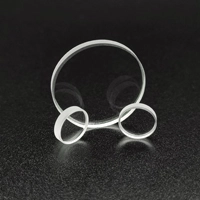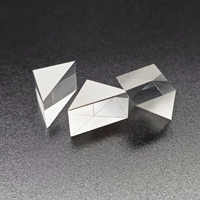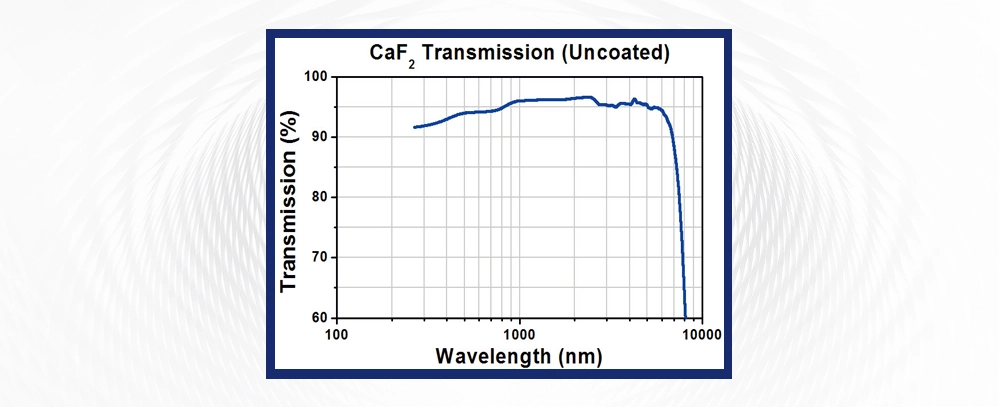Jul 24-2025
Calcium fluoride (CaF2) crystals have excellent transmittance between 250 nm and 7 μm, which is widely used in making beam splitters, windows, and lenses. It has good transmittance in the ultraviolet, visible, and infrared wavebands, so it is widely used in the technologies of lasers, ntrared otcs, ultravolet optics, and energy detectors, et cetera.
The optical probes are especially good in the UV waveband. CaF2 is known as the crystal at the cut-off waveband of UV at present; therefore, it is an ideal material for ultraviolet lasers and ultraviolet optical systems. Due to its low absorbance and high damage threshold, it has become an ideal choice for laser optical components. The low refractive index of calcium fluoride also enables it to be used without coating. The hardness of calcium fluoride is as high as 158.3, making it resistant to mechanical shock and thermal shock.

Applicable to infrared imaging, monitoring, infrared inspection, telemetry and infrared spectroscopic optical system

Right Angle Prisms are typically used to bend image paths or for redirecting light at 90° Right Angle Prisms produce inverted or reverted left handed images, depending on the orientation of the prism.

CaF2 Optics work by utilizing the unique properties of calcium fluoride (CaF2), a material that offers high optical transparency across a wide spectral range. As light passes through CaF2 Optics, it is transmitted with minimal absorption or scattering, ensuring high optical clarity and precision. This allows CaF2 Optics to be used in applications that require accurate light transmission and imaging, such as in optical instruments and scientific research. For those seeking reliable infrared optics manufacturers, CaF2 Optics provides an excellent solution due to their superior performance and versatility.
1
Broad Transmission Range: CaF2 optics transmit from UV to IR, ideal for applications requiring a wide spectral range like spectroscopy and lithography.
2
Low Dispersion: CaF2 exhibits low dispersion, ensuring minimal chromatic aberration for high-quality imaging and laser focusing.
3
High Laser Damage Threshold: CaF2 optics can withstand high-power laser beams, making them suitable for laser systems and high-energy applications.
4
Chemical Resistance: CaF2 is chemically inert, offering resistance to acids and bases, enhancing durability in harsh environments.